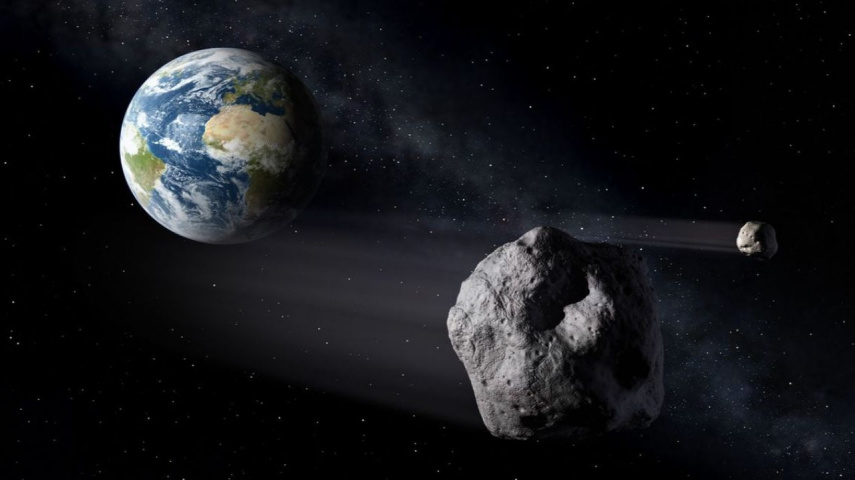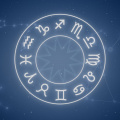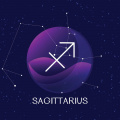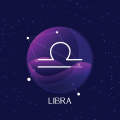Asteroid hunters discover 27,500 missed near-Earth asteroid susing a cutting-edge tech
Using cutting-edge technology, asteroid hunters have discovered 27,500 previously undiscovered near-Earth asteroids that may be able to avert a future apocalyptic event.

It is believed that asteroids caused the great dinosaurs to go extinct, and numerous theories indicate that they are also likely to be blamed for humanity's death. On the other hand, asteroid hunters have discovered 27,500 previously undiscovered near-Earth objects thanks to a novel algorithm that may be able to provide crucial information that saves our civilization.
The technology, called Tracklet-less Heliocentric Orbit Recovery (THOR), is transforming the way astronomers identify near-Earth asteroids and may improve our ability to defend the planet.
What is THOR?
THOR, created by scientists at the University of Washington and the Asteroid Institute, uses an innovative method to detect celestial bodies: it sorts through old space photos.
With Google Cloud technology and the extensive digital archives of the National Optical-Infrared Astronomy Research Laboratory (NOIRLab), which houses millions of space photos, THOR processed the images in five weeks, showcasing its scalability and efficiency.
Over 27,500 previously unknown near-Earth objects have been identified because of this creative approach. According to the New York Post, this is more than the total number found by all telescopes combined worldwide last year. Of them, one hundred orbit Earth-crossing asteroids are found, most of them in the main asteroid belt between Mars and Jupiter. Though none of the discovered objects were headed toward Earth, this provides important information that may one day avert possible cosmic hazards, according to the New York Post.
By connecting isolated points of light from various photos, THOR infers that they represent the same item, in contrast to standard observation approaches that monitor objects throughout time across multiple images. Ed Lu, executive director of the Asteroid Institute, claims that the outcomes of this approach constitute "a sea change" in the field of astronomical science.
According to a press release from 2022, Matthew Holman, a dynamicist and search algorithm specialist at the Center for Astrophysics at Harvard & Smithsonian in Cambridge, Massachusetts, a thorough map of the solar system can provide "astronomers with crucial insights both for science and
ALSO READ: Hong Kong hit by spectacular lightning storm; KNOW MORE about this dazzling display of nature





 JOIN OUR WHATSAPP CHANNEL
JOIN OUR WHATSAPP CHANNEL



































































































